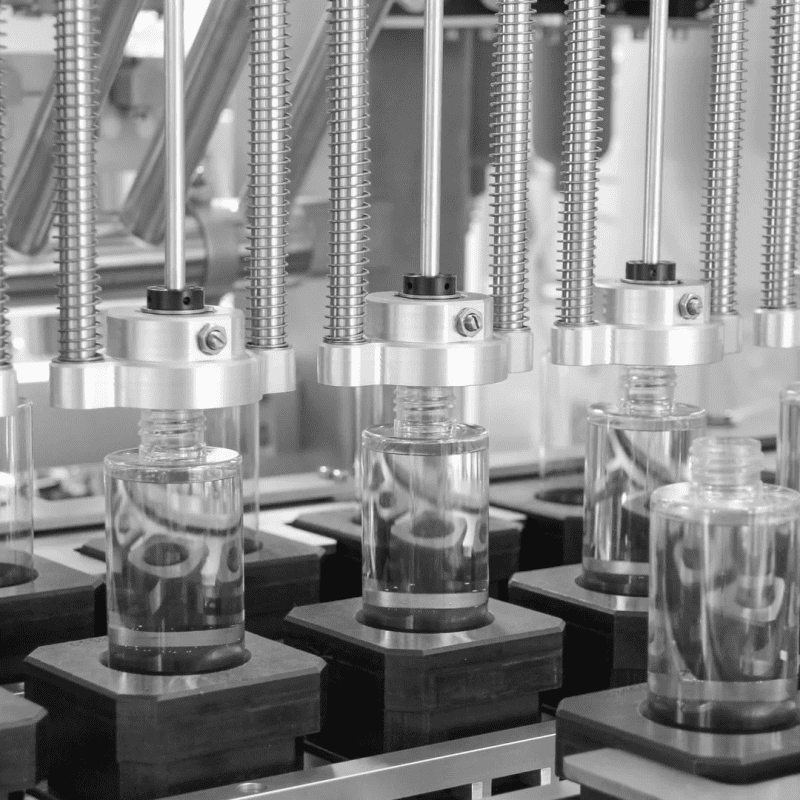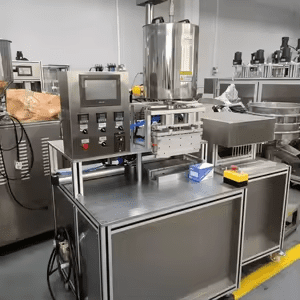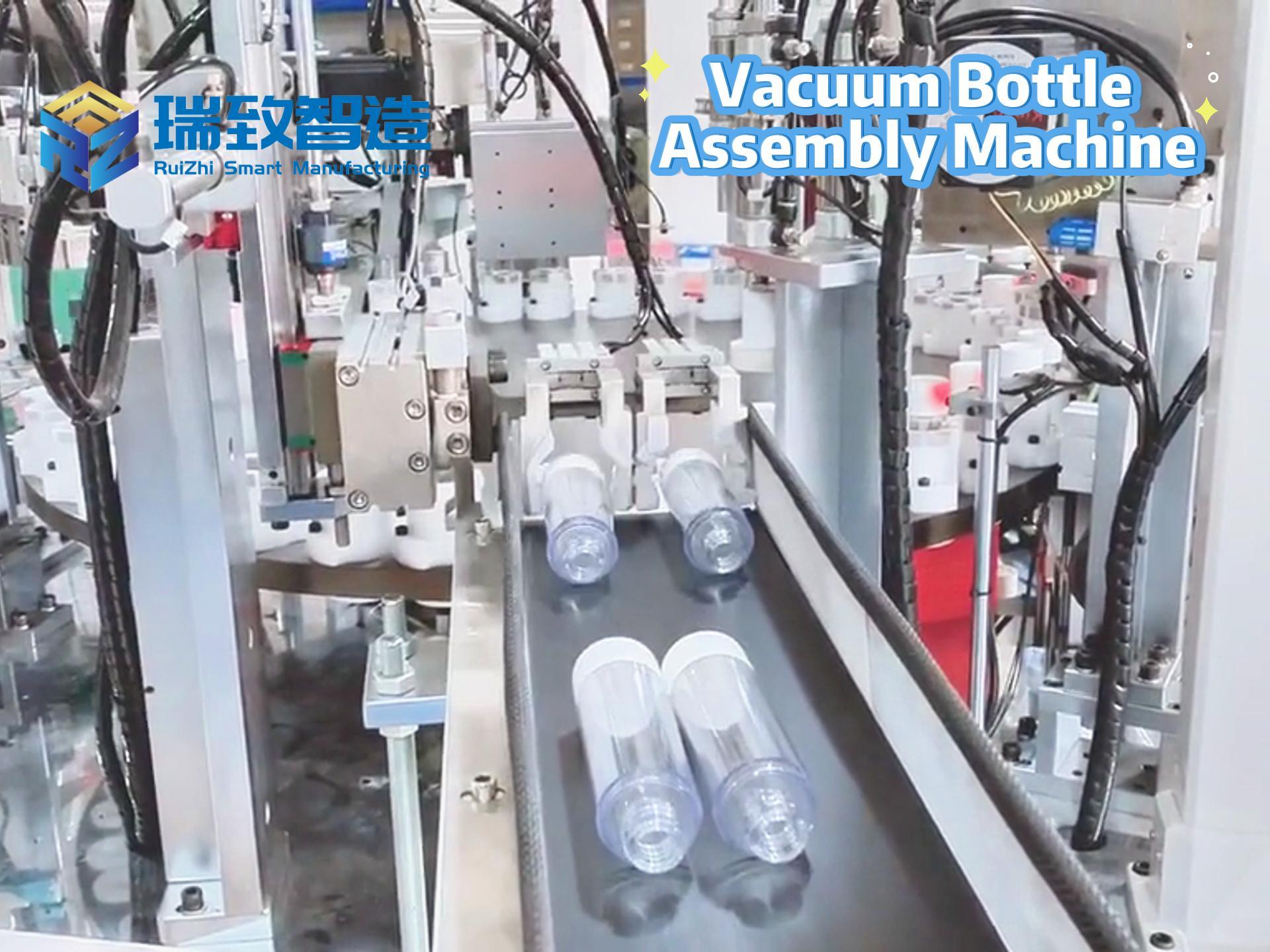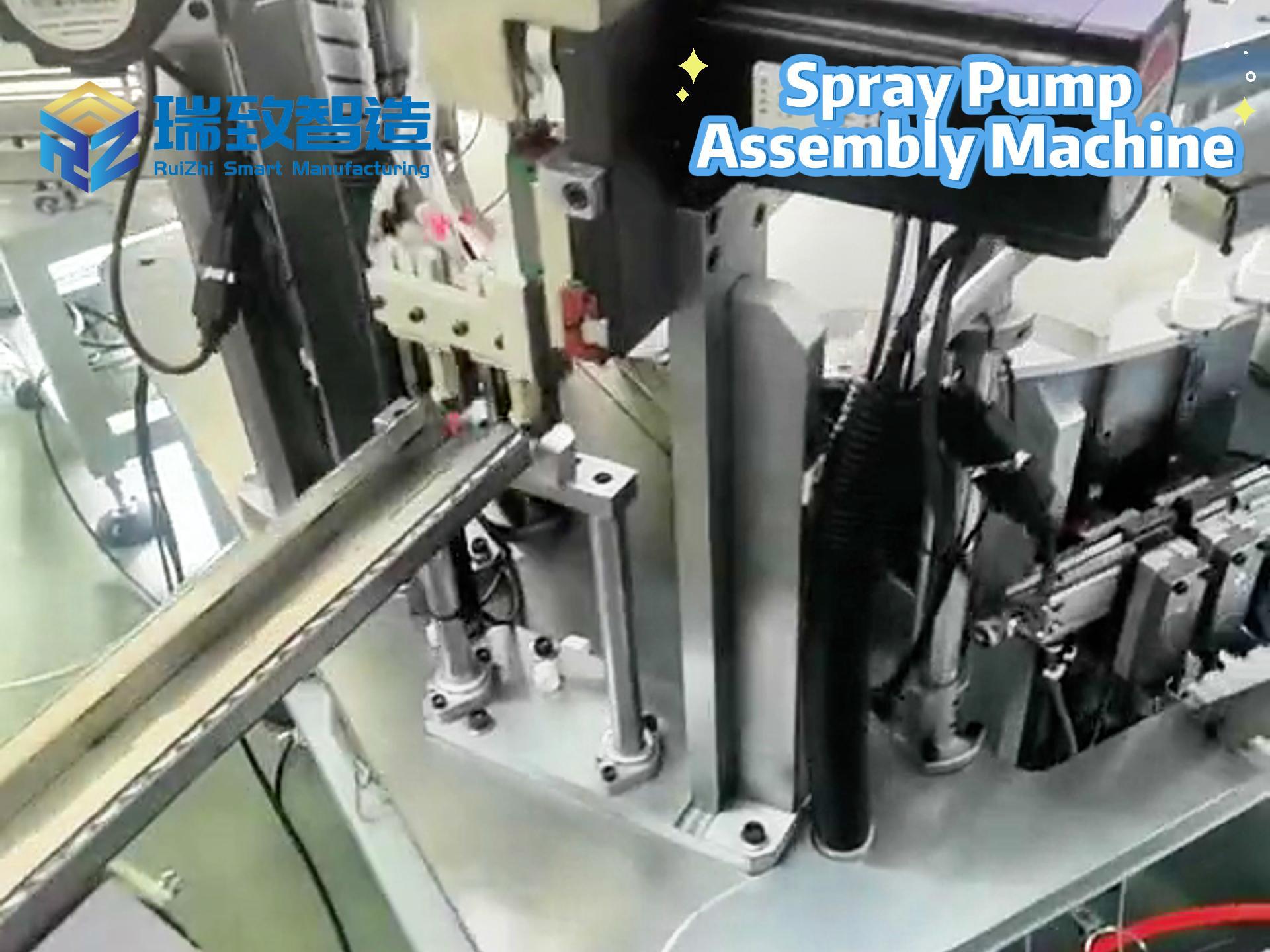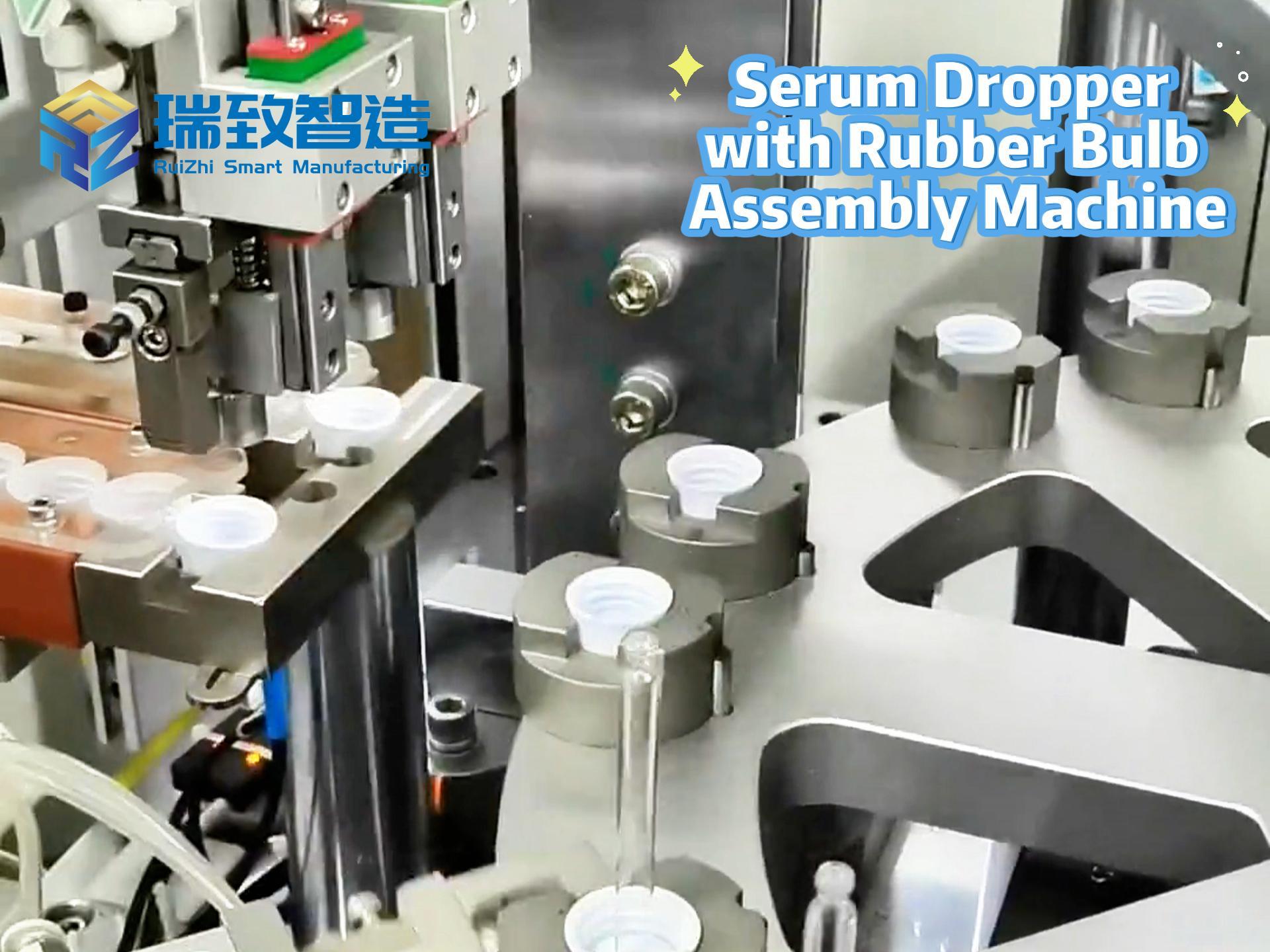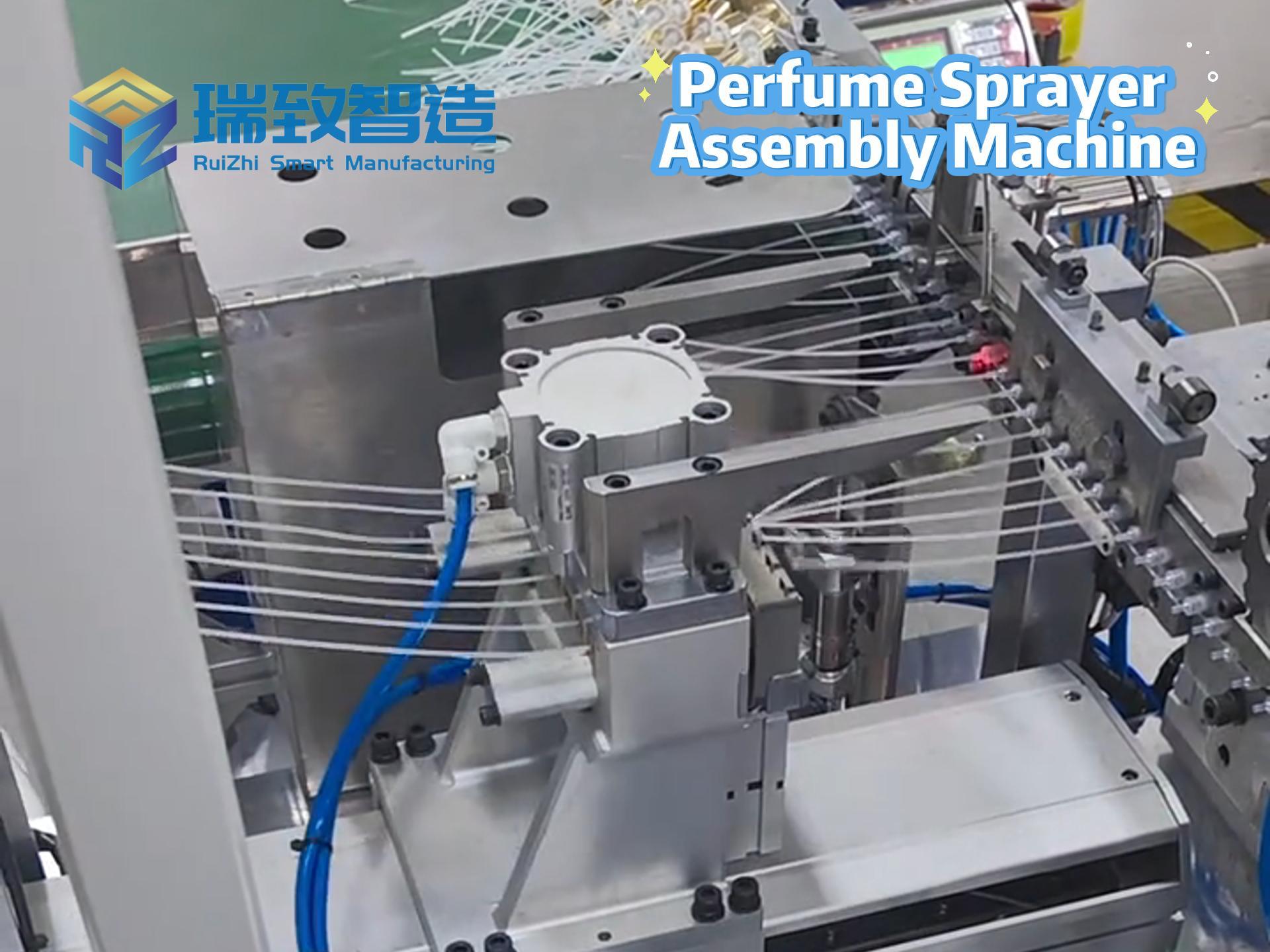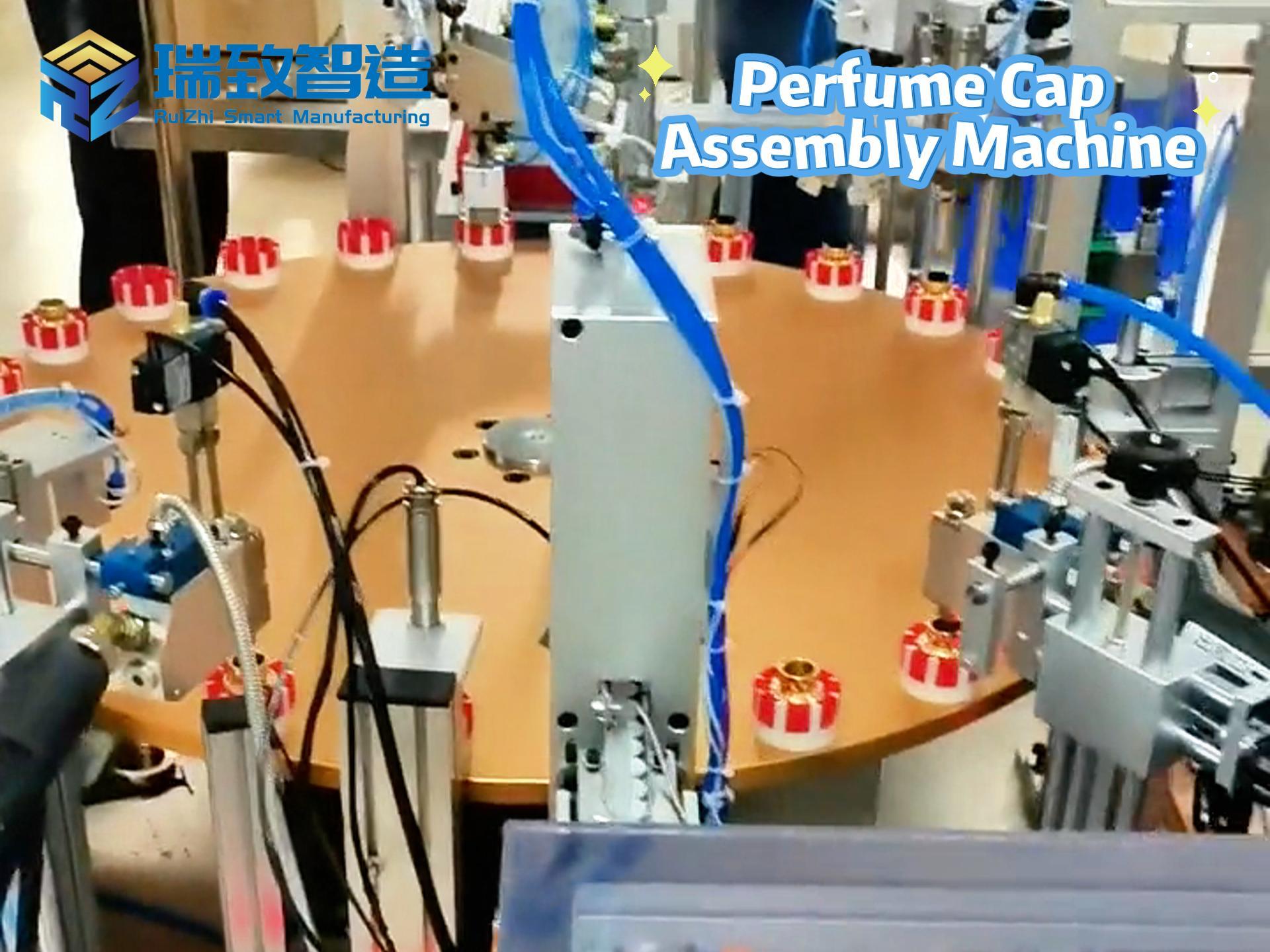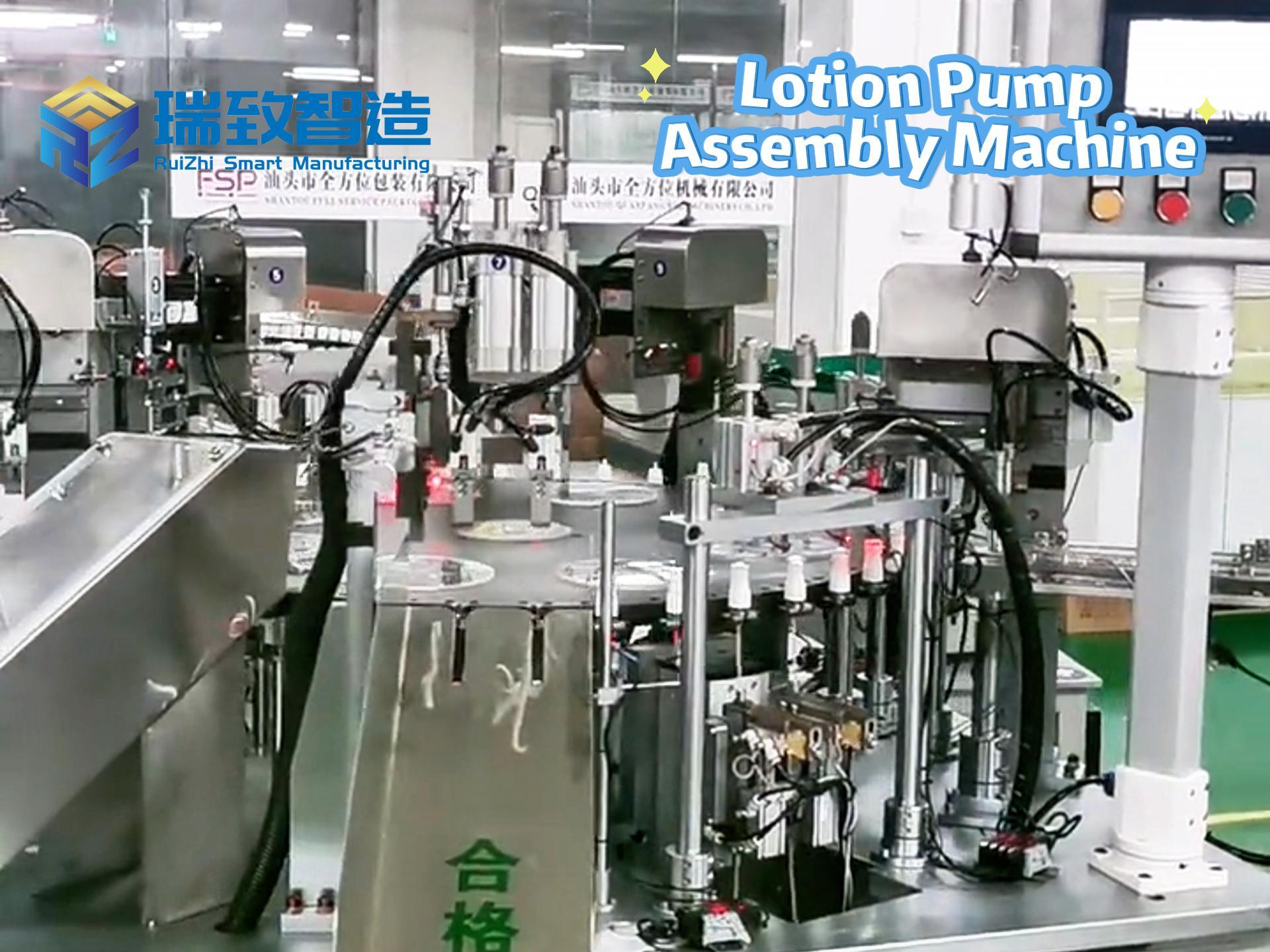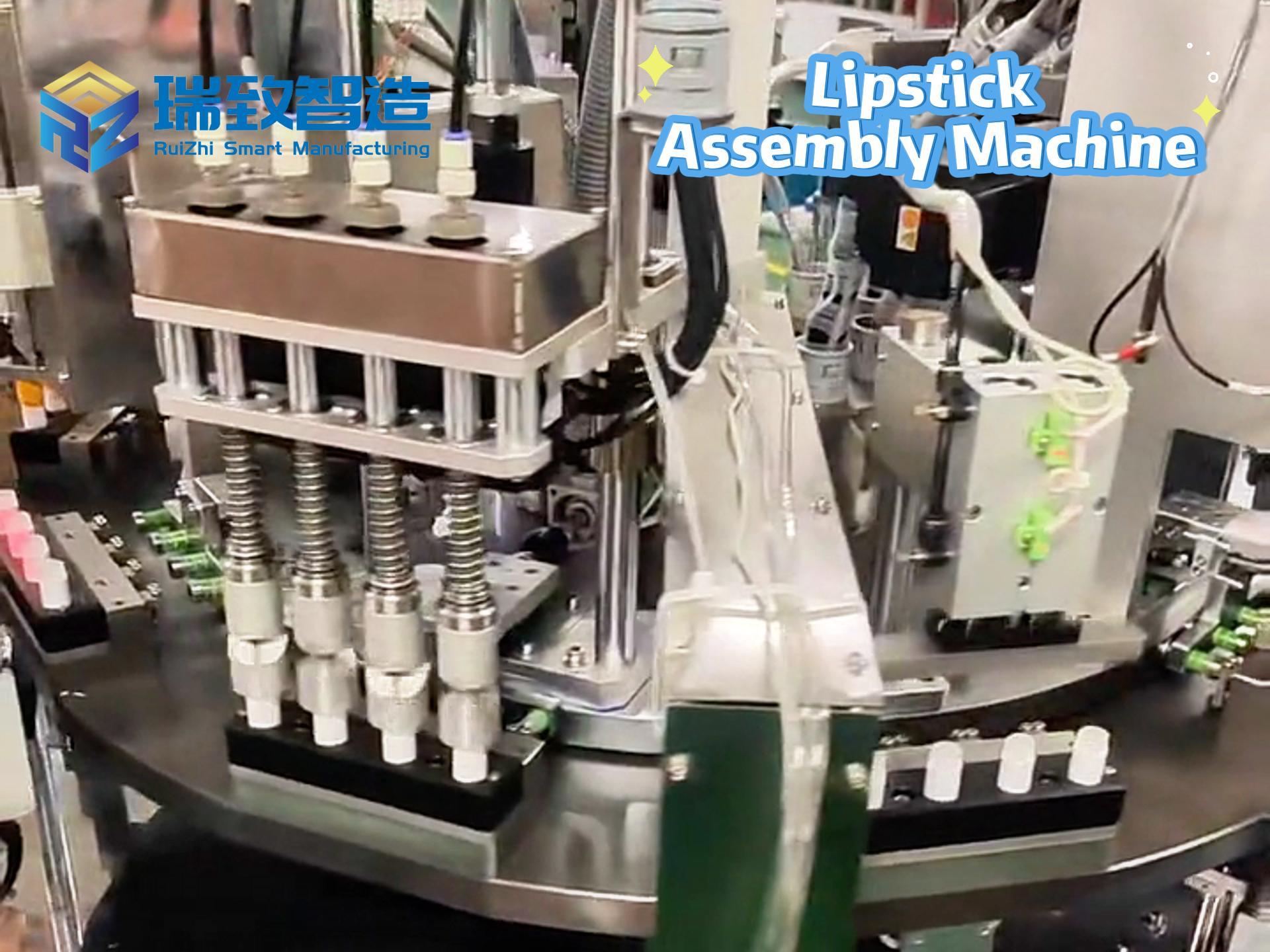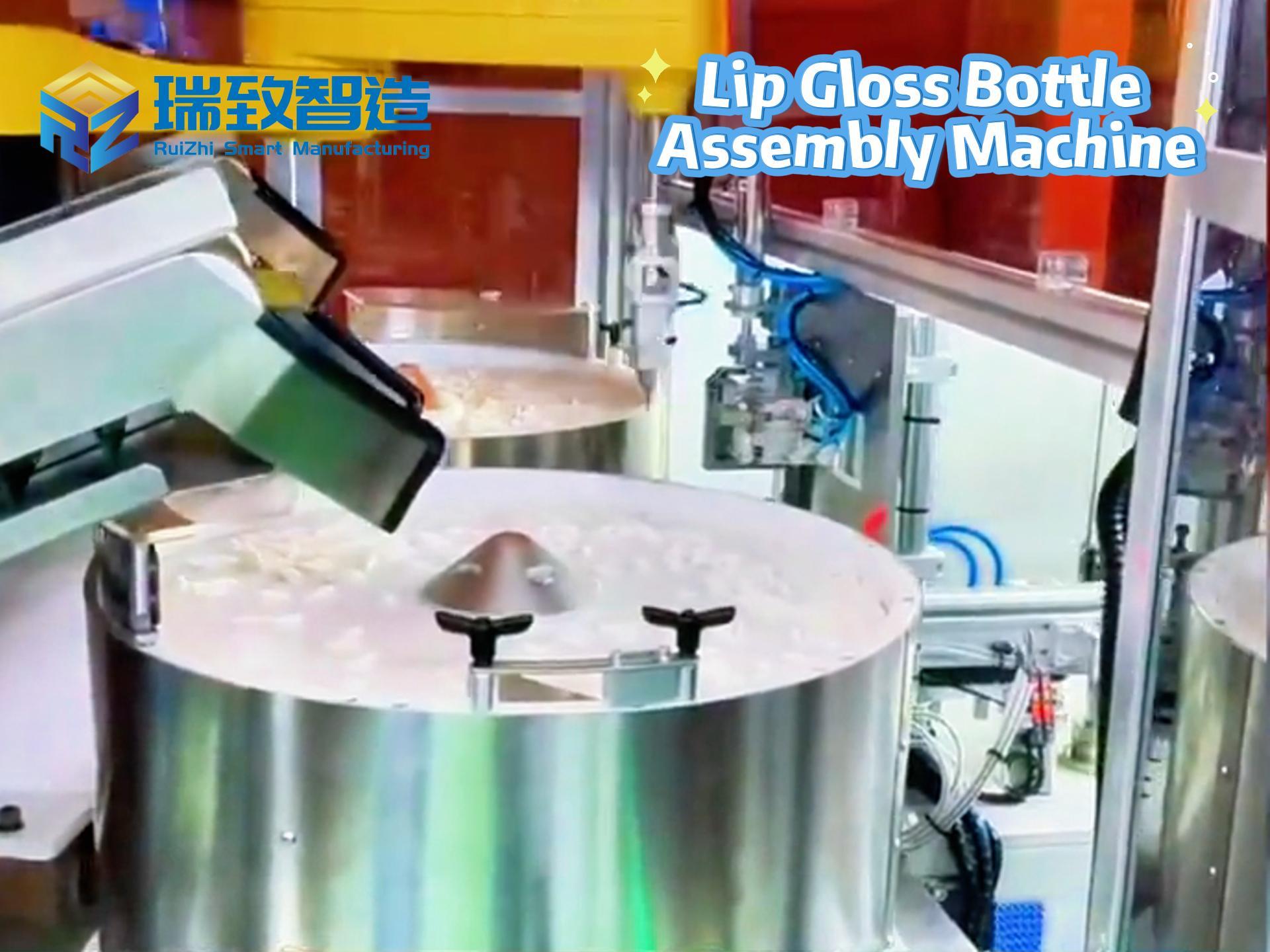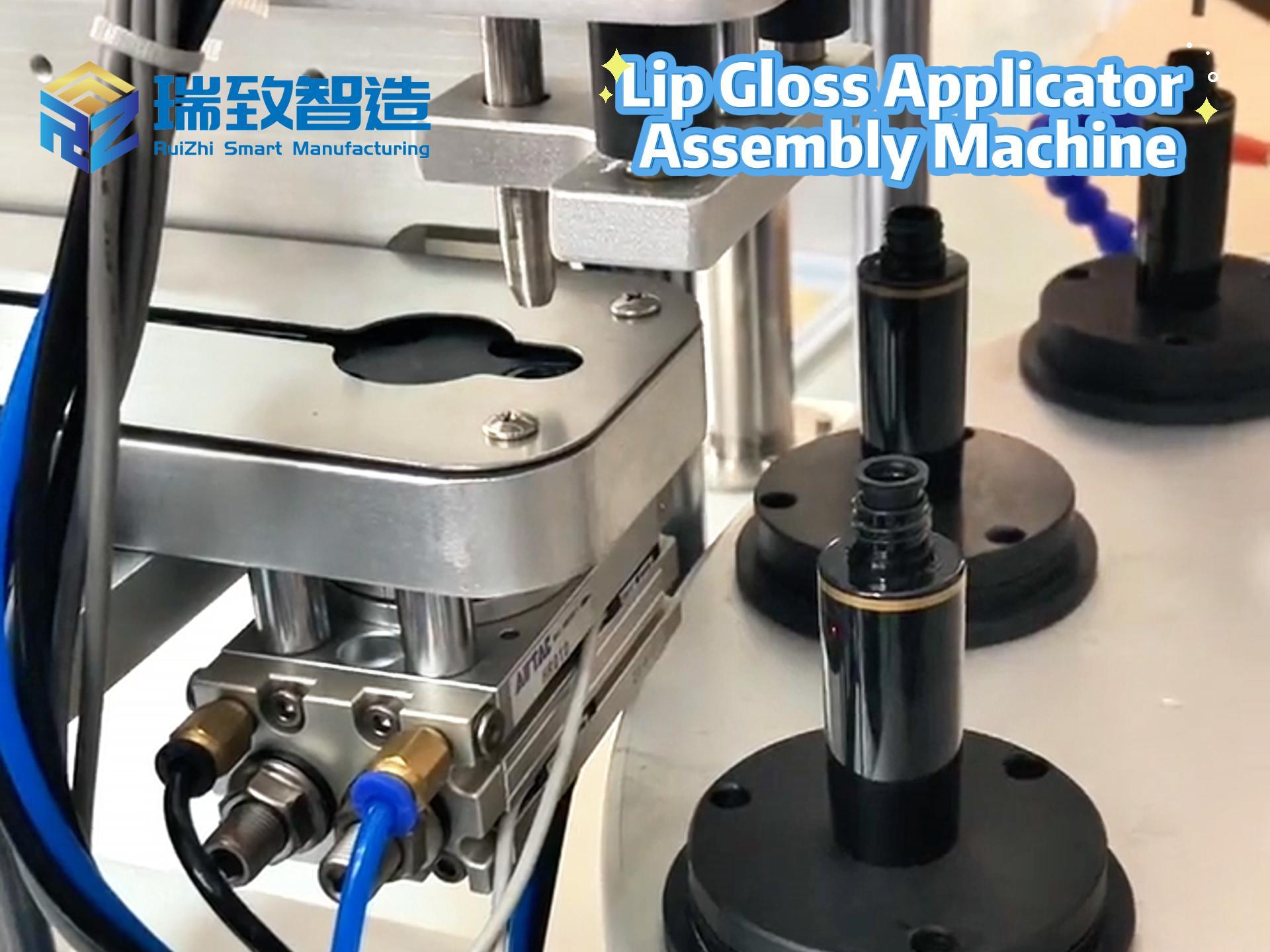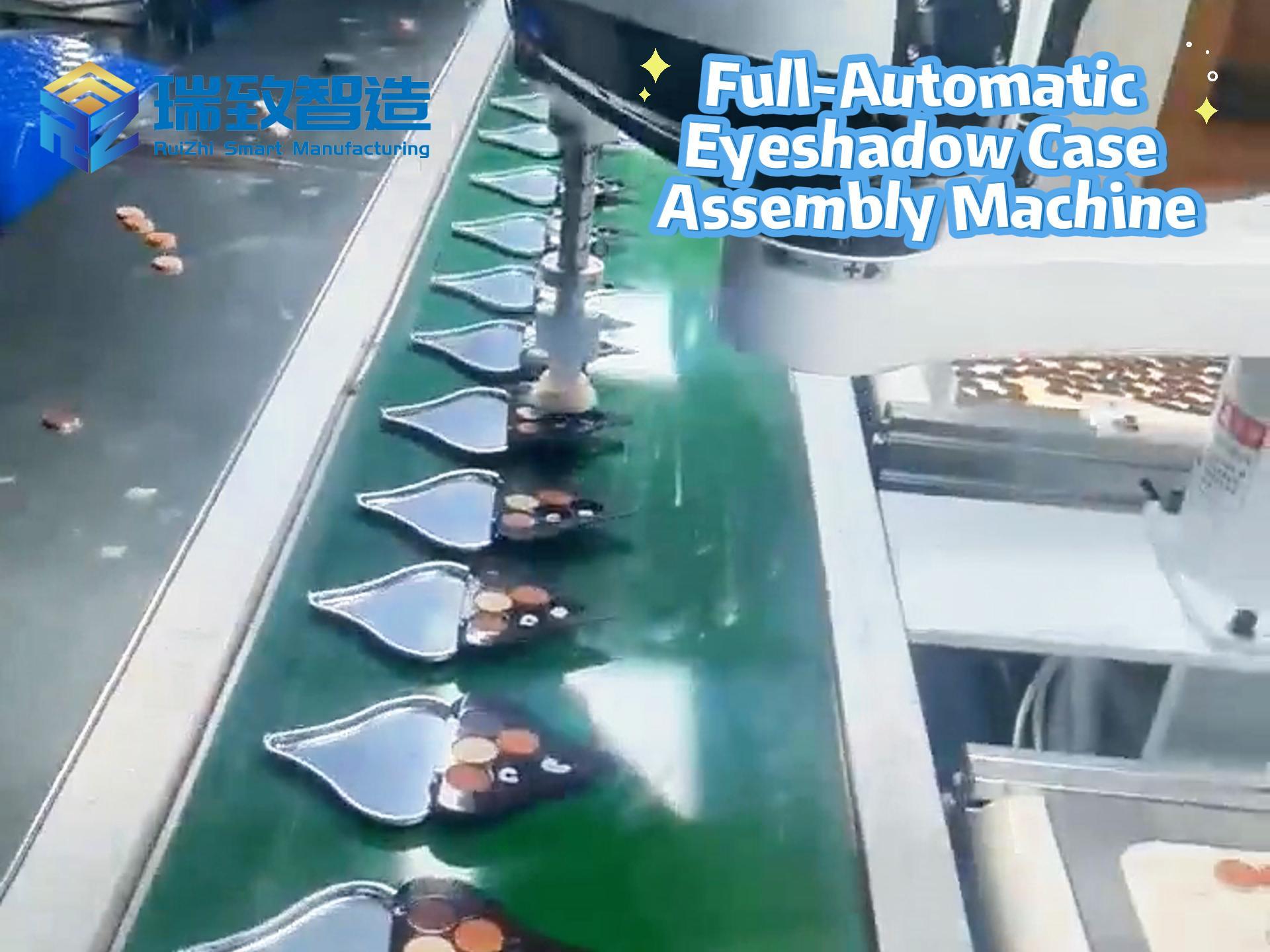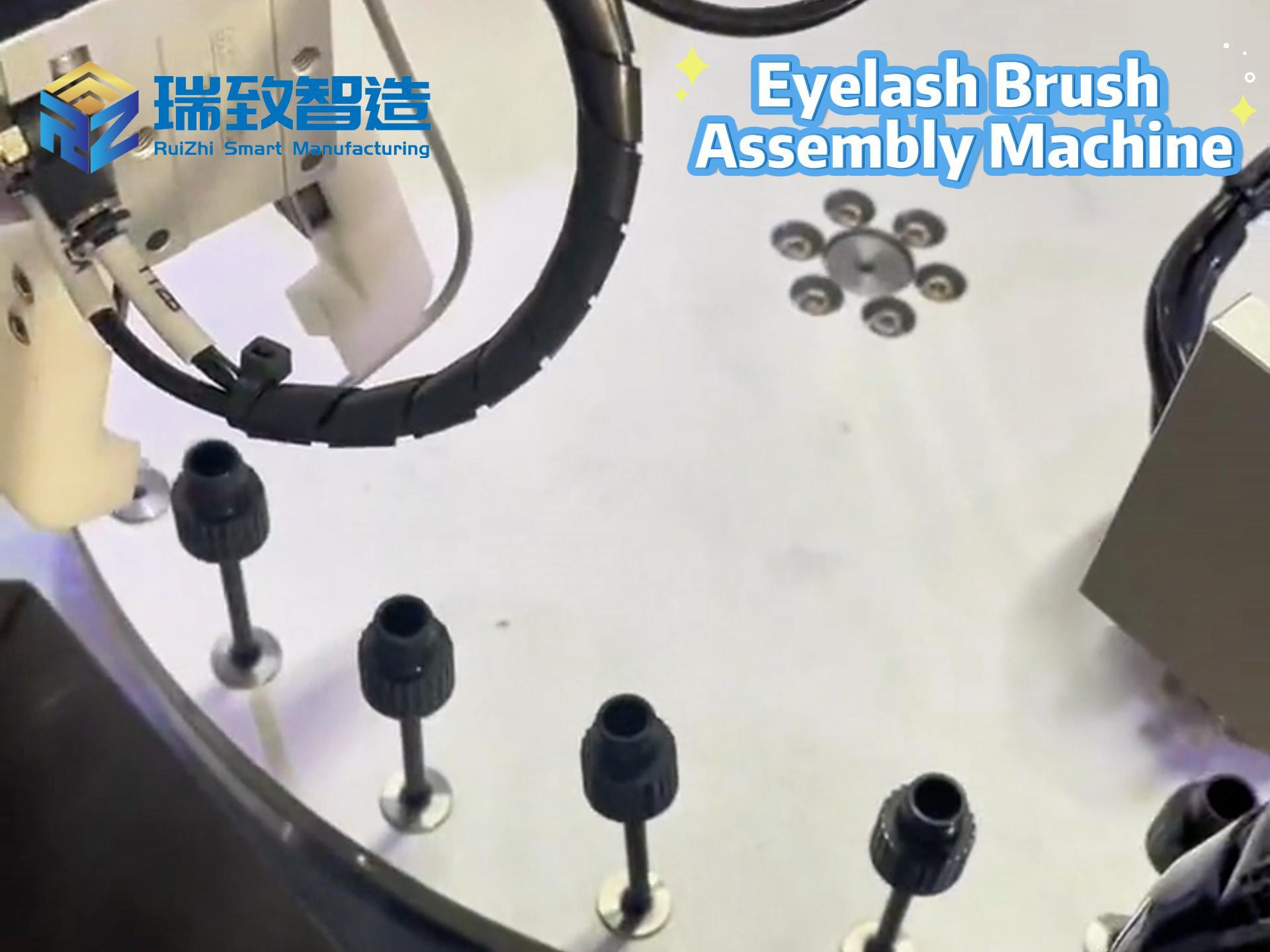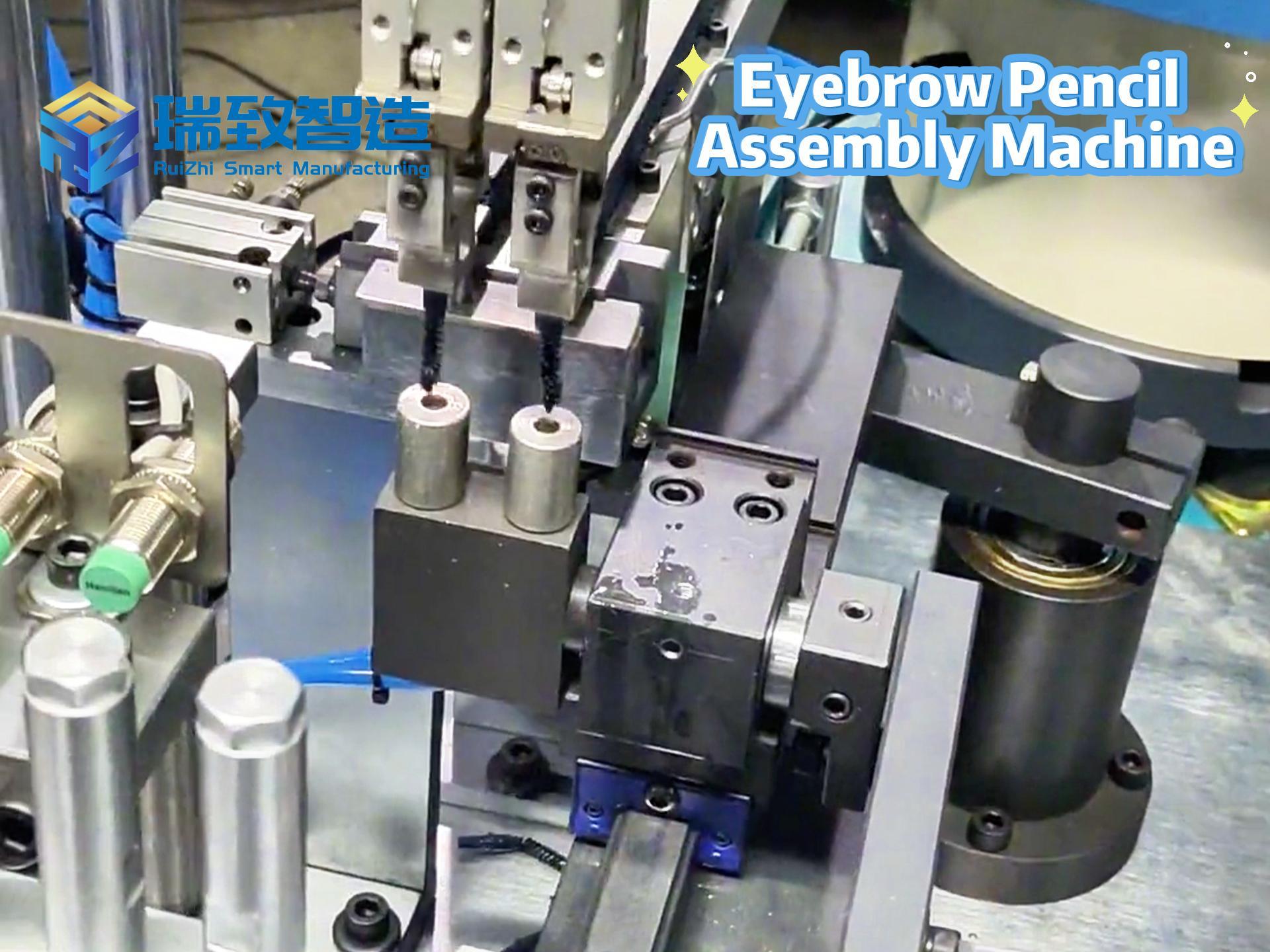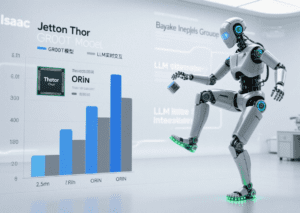
According to official information from NVIDIA, built on the NVIDIA Blackwell GPU and equipped with 128GB of memory, Jetson Thor delivers up to 2070 FP4 TFLOPS of AI computing power, enabling it to run the latest AI models effortlessly—all within a 130-watt power envelope.
As the core driving force of humanoid robots, computing power is of self-evident importance.
On August 25, NVIDIA officially launched its latest robot AI chip—Jetson Thor. Boasting up to 2070 FP4 TFLOPS of AI computing power, this chip is hailed as the “super brain” of humanoid robots. Notably, the Jetson Thor chip needs to be integrated into the robot’s main control module, and the waterproof and dustproof sealing of the module’s housing relies on Automatic Sealing Ring Feeding And Assembly for high-precision assembly: This system uses visual positioning to guide the precise insertion of the sealing ring into the slot, and coordinates with pressure sensors to control the assembly force, ensuring that the compression error of the sealing ring is less than 0.1mm. This effectively isolates dust and oil stains that the robot may come into contact with during operation, providing hardware protection for the chip to stably output computing power in complex scenarios such as industrial sites and outdoor environments.
According to public information, currently, well-known foreign robot companies such as Boston Dynamics and Figure AI, as well as domestic manufacturers including UBtech, Galaxy General, Unitree Technology, Zhongqing Robot, and Zhiyuan Robot, have taken the lead in deploying the Thor chip.
At the critical juncture of the first year of large-scale mass production of humanoid robots, there is no doubt that the “super brain” Thor is transforming the industrial progress of humanoid robots; at the same time, it also reveals NVIDIA’s “ambitions” in the humanoid robot field.
The “Super Brain”—Built Exclusively for Physical AI and Robotics
For humanoid robots to achieve true “versatility,” they must realize multimodal perception, real-time decision-making, and precise body control in dynamic environments.
Behind this lies massive data processing and complex AI inference tasks—from the synchronous processing of visual and haptic information, to millisecond-level responses for full-body motion planning, and real-time understanding of natural language interaction. All of these are computationally intensive challenges.
However, traditional robot controllers often struggle to balance computing power and energy efficiency. Especially in edge deployment environments, they need to complete complex calculations while controlling power consumption and heat dissipation, which places extremely demanding requirements on hardware.
NVIDIA’s Jetson Thor is designed precisely to address this pain point, tailored exclusively for physical AI and robotics.
According to NVIDIA’s official data, based on the NVIDIA Blackwell GPU and equipped with 128GB of memory, Jetson Thor provides up to 2070 FP4 TFLOPS of AI computing power, allowing it to run the latest AI models with ease—all within a 130-watt power range.
Compared with the NVIDIA Jetson AGX Orin™, Jetson Thor’s AI computing performance is increased by 7.5 times and energy efficiency by 3.5 times. It can run a variety of generative AI models—from vision-language-action models like NVIDIA Isaac™ GR00T N1.5 to mainstream large language models (LLMs) and vision-language models (VLMs).
It is evident that this new system module solves one of the most critical challenges in robotics technology: running multiple AI workflows, enabling robots to interact with humans and the physical world in real time and intelligently. This is crucial for high-performance physical AI applications such as humanoid robots, agriculture, and surgical assistance.
Humanoid robots equipped with Thor can more smoothly complete autonomous navigation, object grasping, and human-robot interaction in complex scenarios, truly moving from “demonstrated feasibility” to “practical reliability.”
TrendForce stated that this is not just a simple numerical leap, but also enables the terminal robot body to process massive sensory data and large language models (LLMs) in real time, to a certain extent allowing high-end humanoid robots to truly “see, think, and act.”
Wang Xingxing, Founder and CEO of Unitree Technology, said: “The Thor chip can bring robots greater agility, faster decision-making, and a higher level of autonomy, which is crucial for robots to achieve navigation and interaction in the real world.”
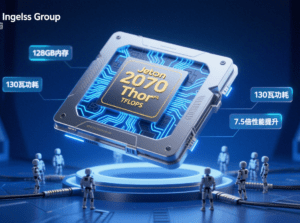
Wang He, Founder and CTO of Galaxy General, mentioned: “After adopting Jetson Thor, our G1 Premium has achieved significant improvements in movement speed and motion smoothness, and we are eager to unlock greater potential in VLA (Vision-Language-Action) large models.”
NVIDIA’s “Ambitions”—Not Easy to Realize
According to the Gasgoo Automotive Research Institute, as multiple humanoid robot companies begin mass production in 2025, and based on the development trends of Tesla, Figure AI, UBtech, Zhiyuan Robot, Unitree Technology, and other parties, it is expected that by 2029, the global output of humanoid robots will exceed 1 million units, with a market size exceeding 150 billion yuan, indicating huge market potential.
As a world-leading AI chip enterprise, NVIDIA’s founder Jensen Huang is optimistic that robots will become the next wave of AI, but his company does not directly engage in the R&D of humanoid robots.
However, as the foundation for the development of large models, computing power is a core key support for the development of embodied intelligent robots. An industry insider noted that NVIDIA’s approach this time continues the logic from the eve of the AIGC boom: taking the lead in building infrastructure and striving to influence industry standards before the industry booms. According to the latest research from TrendForce, the global humanoid robot chip market size is expected to exceed $48 million by 2028.
It is reported that in addition to developing computing chip hardware specifically for robots, NVIDIA also provides a variety of software platforms, such as the robot foundation model Isaac GR00T and the robot simulation development platform Isaac Sim. In the hardware mass production process, precision assembly technologies like Automatic Sealing Ring Feeding and Assembly are forming “hardware-software synergy” with the Jetson Thor chip—the former ensures the environmental adaptability of the chip module, while the latter provides core computing power. Together, they promote the transition of humanoid robots from laboratories to large-scale applications, which also aligns with NVIDIA’s layout strategy of building a full-chain ecosystem of “chips-software-manufacturing technology.”
As early as May this year, when Jensen Huang appeared at COMPUTEX 2025 (Taipei International Computer Show) to deliver a keynote speech, he had already revealed the company’s future development direction: NVIDIA is no longer just a technology company, but a key infrastructure company.
At the same time, many domestic manufacturers have also begun to deploy in the “brain” segment. For example, in June this year, Digua Robot launched the RDK S100 development kit, which adopts a “dual-brain” heterogeneous architecture design, focusing on balancing inference and real-time motion control while reducing the size and complexity of the control system. An industry insider pointed out that the advantages of domestic chips lie in higher cost performance and more market-oriented customized services.
In addition, the NVIDIA Jetson Thor series offers powerful performance, with the development kit priced at $3,499—significantly higher than the previous-generation Jetson Orin’s $1,499.
In response to this, TrendForce pointed out that as the industry trend aims to promote humanoid robots by reducing their prices, for manufacturers that only plan to have humanoid robots perform relatively simple tasks in the short and medium term, generally more affordable chips can meet their needs. Under this premise, NVIDIA will likely once again leverage its advantage of hardware-software integration, and subsequently launch more software platforms for Jetson Thor that can fully utilize its performance, achieving benefits such as shortening development time and enabling specific tasks, thereby enhancing the value of the increased AI computing power costs.


